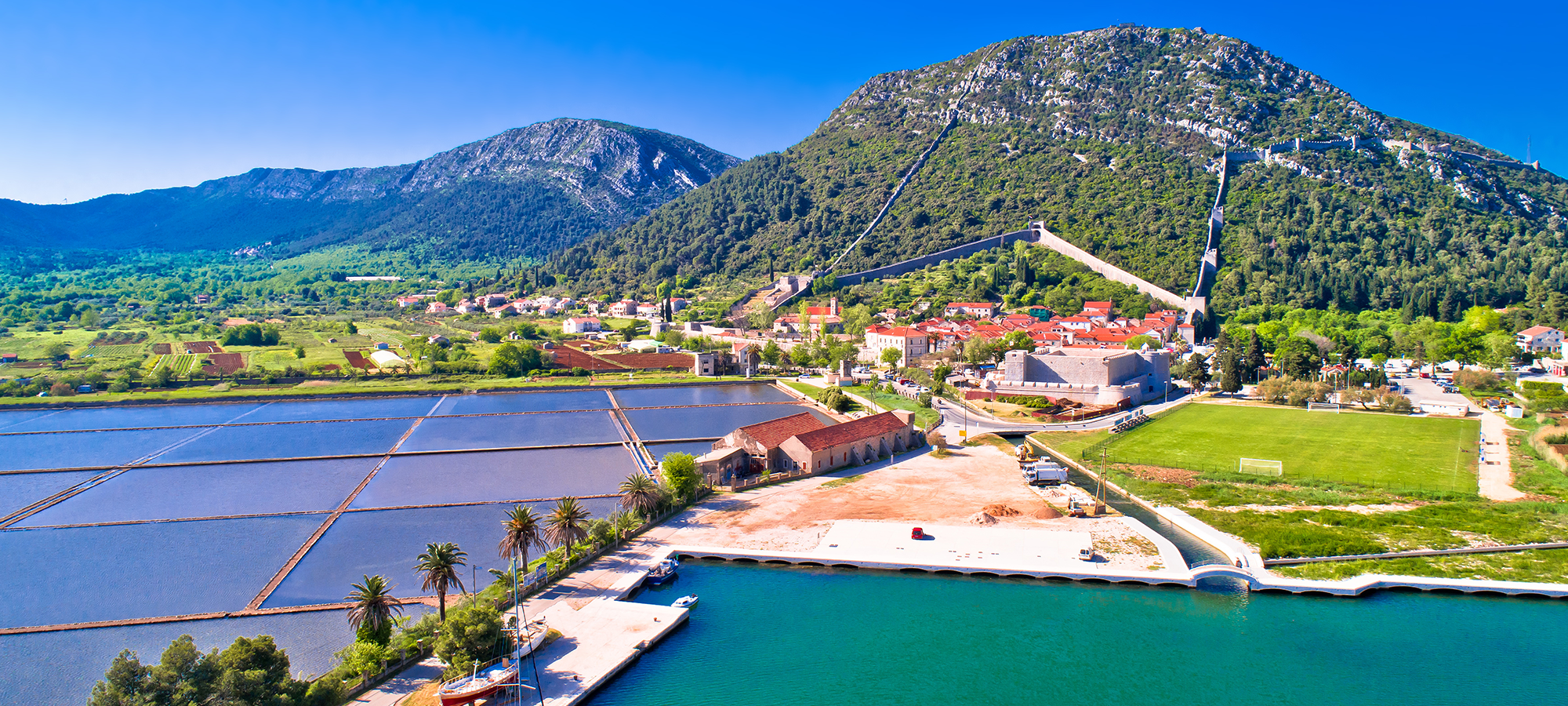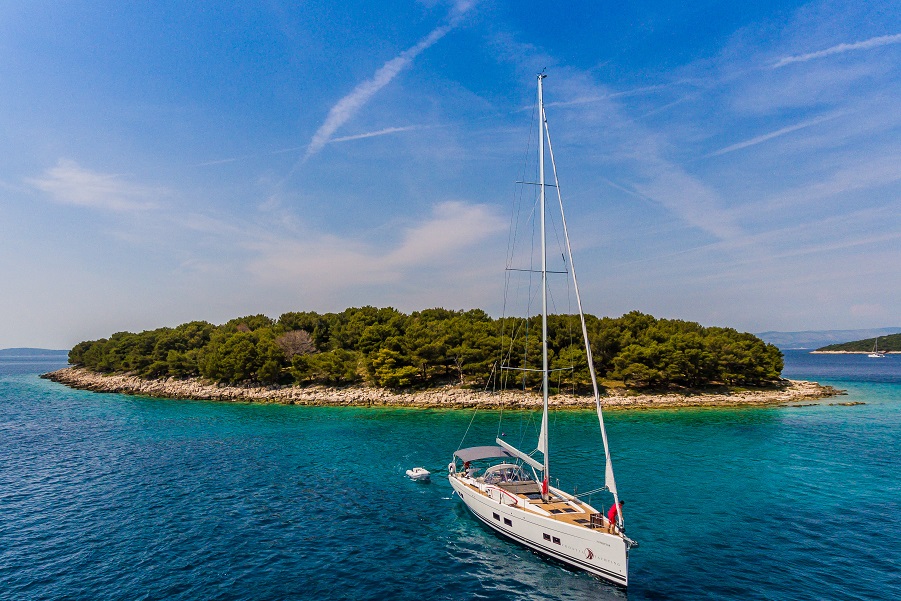Exploring the Pelješac Peninsula: Ston Saltworks

Table of Contents
Whether your Adriatic sailing holiday begins or ends at ACI Marina Dubrovnik, there are no excuses good enough to make you miss the particularly pretty Pelješac peninsula, which is also Croatia’s ever-growing wine region. While the endless Adriatic vistas, vast vineyards, and rolling hills are breathtaking enough, there is one tiny town you’ll meet just south of the Pelješac peninsula isthmus - Ston.
Perhaps one of the simpler Croatian towns to pronounce during your Dubrovnik sailing vacation, while relatively small, Ston serves up much more than you bargained for. From boasting the longest defensive walls in Europe to nursing an oyster farming tradition that dates back to Roman times, it would be silly to let Ston’s size fool you - especially when we mention the famous Ston Saltworks.
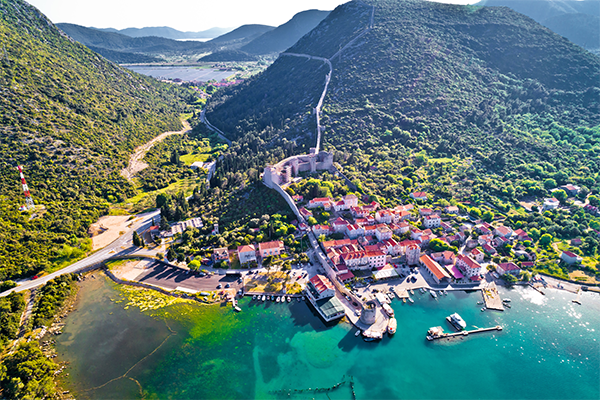
Ston Saltworks History
Salt has been harvested in the Ston area for over 4,000 years, traditionally produced with few necessary ingredients - sea, sun, and wind. However, thanks to Ston’s strategic and geographic position, where fertile land meets the sea, the area was destined to become Croatia’s southern base for salt production, which it has maintained since Roman times. This makes the Ston saltworks the oldest in Europe and the largest preserved in Mediterranean history, with roots in 877!
Once again, Ston’s strategic position became a crucial component to the survival of the Dubrovnik Republic and was purchased by the Republic in 1333. And, of course, with Ston came its salt, which contributed to one-third of the Dubrovnik Republic’s income. All Ston inhabitants and workers from the surrounding areas took part in the salt harvest, which makes sense when you factor in that it brought the Dubrovnik Republic 15,900 gold coins annually!
Now, you may still be wondering about Ston having the longest defensive walls in Europe we mentioned before, which is, of course, tied into this precious mineral. Namely, in an effort to safeguard the area’s salt, protective walls were built in the 14th and 15th centuries, which connected the towns of Ston and Mali Ston, marked by a watchtower in between. The walls (originally 7 kilometers long and today known as the “European Great Wall of China”) served as insurance from potential invaders while protecting and preserving these precious salt pans - which were, in fact, the Dubrovnik Republic’s best-selling product. The most profitable year for salt production is recorded in 1611, though up to 2000 tons of organic salt are produced yearly.
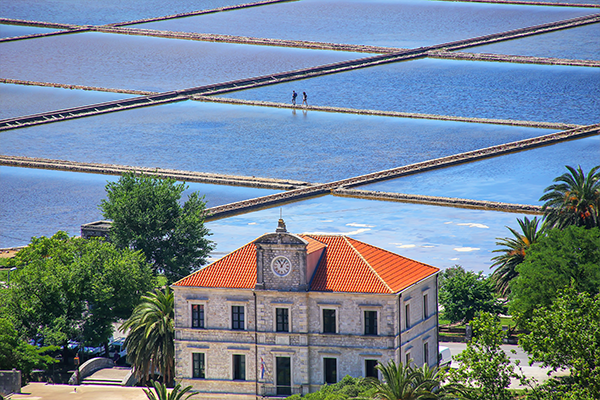
Ston Saltworks Today
The Ston Saltworks include 58 pools split into five groups. The salt production process takes place through five stages and lasts between 1-2 months, given the weather conditions. There are nine crystallization pools, all but one (Mundo) named after saints (Francis, Nicholas, Balthazar, Anthony, Joseph, John, Peter, and Paul). And from the nine crystallization pools, you can harvest about 500 tons of salt a year!
Salt is produced from April to October when the seawater evaporates in the salt pan pools - and its harvesting method has remained unchanged for centuries. This admirable yet straightforward process promises quality thanks to environmentally friendly and healthy conditions, though it doesn’t mean the work isn’t physically demanding. Workers do not opt for heavy machinery but rely on their hands, using only shovels to collect salt extracted from these special sea pools. The salt is also transported in motor-free wagons, depending heavily on workers’ strength!
But all of this wearing work indeed pays off in the end, as not many other small towns can boast the oldest active salt pans in Europe.
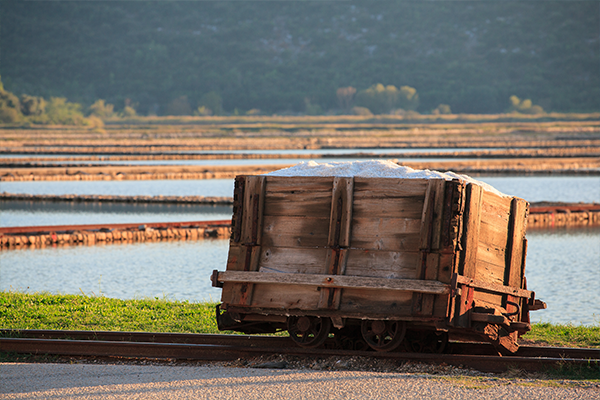
When to visit the Ston Saltworks
Fortunately for sailing enthusiasts on summer yacht charters, the best time to visit Ston is during the annual salt harvest, especially during the summer months.
One option is to participate in the salt harvest summer camp, held every day but Sunday from mid-July until September. One pool is harvested each day, and about 30 -100 tons of salt is harvested manually! But not without sandwiches, drinks, and various activities, from salt volleyball to swimming in Ston, Broce, Prapratno, or Mali Ston. Participants also get free tickets to the Ston summer events, from concerts to acapella groups or theatrical performances! Talk about a fun day trip off the sailboat?
But undoubtedly the most popular time to visit Ston and its saltworks is during the Ston Salt Festival, usually lasting for a month from mid-August to mid-September. After celebrating its 5th edition in 2021, the Ston Salt Festival has grown beyond the small salt town and now expands throughout the Pelješac peninsula. Including around 40 restaurants, taverns, wineries, family farms, shellfish, and shipping companies just this year, festival visitors have the chance to delve into local specialties with specially-created menus, the best wines of the famous region, oyster tastings held on farming boats, evening concerts, art exhibitions, and workshops, all of which will complete your sailing story on the Croatian coast. And for the conscious travelers in your sailing group? The Ston Salt Festival also vowed to go plastic-free back in 2019, using packaging made of biodegradable materials instead!
The event endeavors to highlight the best of the town and region, including both natural and cultural sights, while giving insight into the authenticity of the local community and the creativity that abounds on Croatia’s second-largest peninsula.
An indispensable mineral pertinent for the survival of humans and animals alike, it is no wonder why the Dalmatian salt trail leads us to Ston, as this white gold has proven its precious value for the centuries before and many more.









